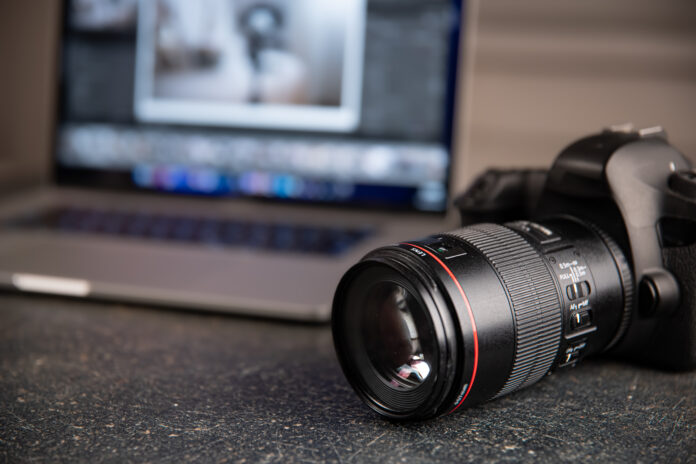Photography is an art that allows you to freeze moments in time, express your creativity, and share your unique perspective with the world. If you’re just starting your journey into photography, it’s essential to grasp the basics. In this blog, we’ll explore the photography basics for beginners through fundamental concepts and techniques that will set you on the path to becoming a skilled photographer.
The Camera Demystified
Let’s begin with the heart of photography: the camera. Most beginners start with a digital single-lens reflex (DSLR) or a mirrorless camera. Here are a few key elements:
- Shutter: This is like the camera’s eyelid. It opens and closes to let light in and capture an image.
- Aperture: Think of this as the camera’s pupil. It controls the amount of light that enters the lens.
- ISO: ISO sensitivity determines how the camera responds to light. Lower ISO settings are used in bright conditions, while higher settings are for low light.
Mastering Composition in Photography Basics for Beginners
Composition is the art of arranging elements in your frame to create a visually appealing image. Here are some composition techniques to get you started:
- Rule of Thirds: Imagine dividing your frame into a tic-tac-toe grid. Place your subject along these lines or at their intersections.
- Leading Lines: Use natural lines or objects like roads, fences, or rivers to lead the viewer’s eye to your subject.
- Framing: Use elements in the scene, like archways or trees, to frame your subject and draw attention to it.
- Foreground and Background: Include interesting elements in the foreground and background to add depth to your photos.
Lighting and Exposure
Understanding light is essential for photography. Pay attention to:
- Golden Hour: The hour just after sunrise and before sunset provides soft, warm light that’s great for photography.
- Avoiding Harsh Light: Midday sun can create harsh shadows and overexposed images. Find shade or use a diffuser to soften the light.
- Balancing Exposure: Learn to balance the three elements – shutter speed, aperture, and ISO – to achieve a well-exposed image.
Focus and Depth of Field in Photography Basics for Beginners
Understanding focus and depth of field can make your images more captivating:
- Auto Focus: Most cameras have autofocus modes. Use them for sharp, well-focused images.
- Manual Focus: Experiment with manual focus for precise control over what’s sharp in your image.
- Depth of Field: A wide aperture (small f-number) creates a shallow depth of field, blurring the background. A narrow aperture (large f-number) keeps more in focus.
Practice, Practice, Practice
The most crucial aspect of learning photography is practice. Experiment with different settings, compositions, and lighting conditions. Don’t be afraid to make mistakes; they’re part of the learning process.
Photography is a wonderful hobby or profession that allows you to explore your creativity and share your unique perspective with the world. By understanding the basics of your camera, mastering composition, and paying attention to lighting and focus, you’re well on your way to capturing stunning images. So grab your camera, head out, and start capturing the beauty of your world, one click at a time!




